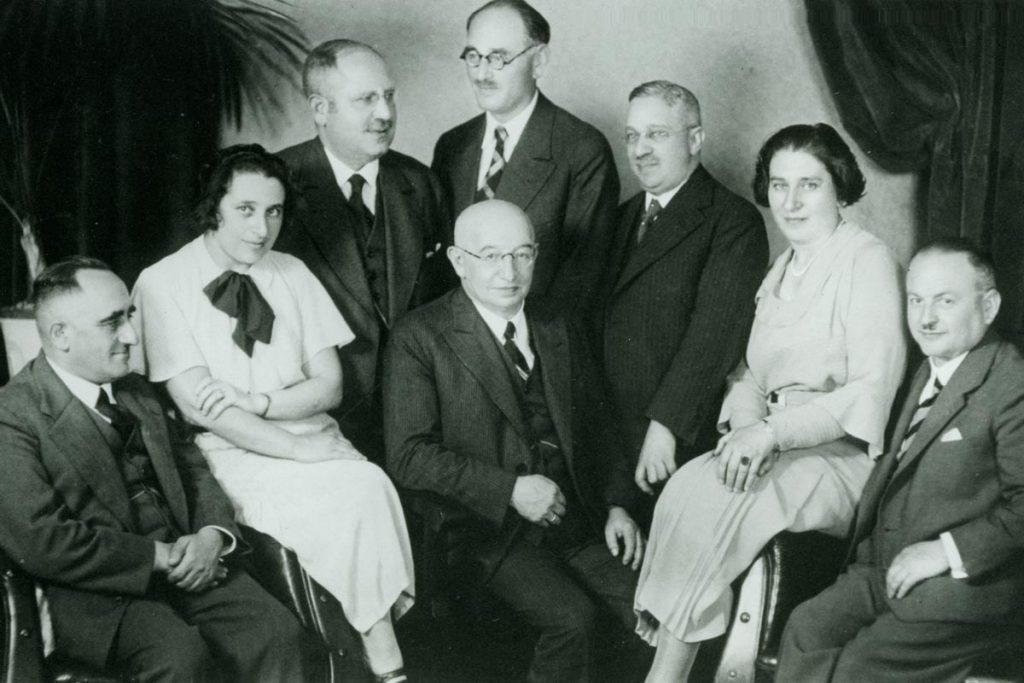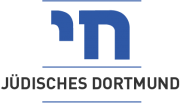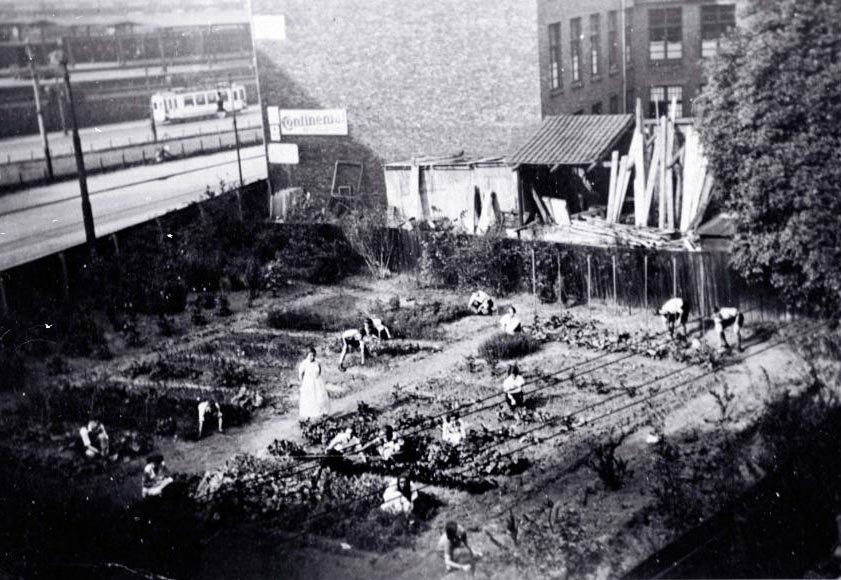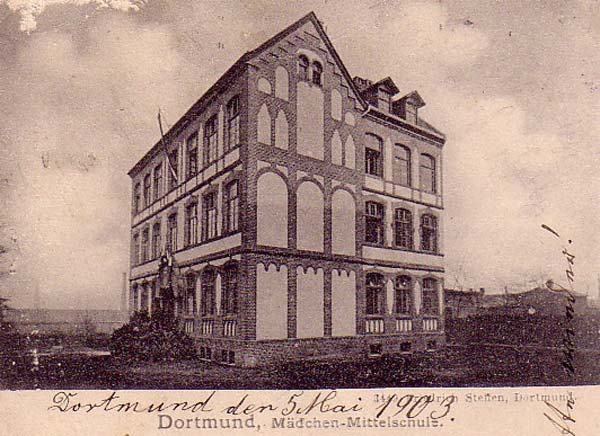
Jewish elementary school
From 1840 onwards, there was a privately run Jewish elementary school in Dortmund, employing two teachers. In that year, the city was home to around 100 Jews. After inauguration of the initial synagogue at its location on Wüstenhof in 1854 and growth in the size of the community to over 300 souls, the school was elevated in 1858 to the status of a Jewish public school.
After various changes of location, the pupils of the small school were able to move in 1889 to a new building at Kampstrasse No. 14. By the year 1900, the city’s Jewish population had grown to around 2,000 people, with the result that in that year, the school governors added a fourth class. In 1904, the city itself took over the funding and overall responsibility for the school. However, some of the assimilated Jewish citizens chose not to send their children to the Jewish elementary school but to municipal or Christian denominational schools instead. By 1930, the number of pupils had grown to over 300, and were now being taught in eight classes. The building not being designed for so many pupils, the school was transferred in that year to the Wehrhahn School, located at nearby Lindenstrasse No. 51, where the pupils were also able to engage in gardening. In 1932, in addition to headmaster Wilhelm Buchheim, the teaching staff comprised seven teachers.


